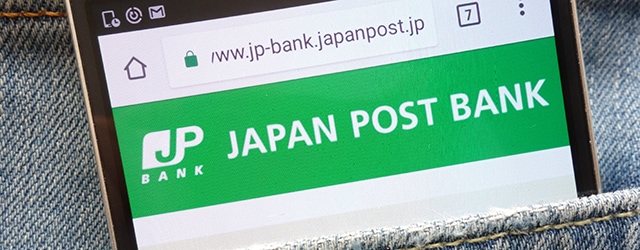Abenomics has hit the Japanese banking sector hard and now the Post Bank is taking an unprecedented step in the hunt for yields.

Japan Post Bank is set to launch an in-house hedge fundlater this year, in what represents the advancement of the bank’s investment approach—from an ingrained hyperconservatism that has prevailed since its 2006 inception to something much more risk tolerant.
The creation of the fund, targeted to raise US$1.5 billion, is a manifestation of a trend among Japan’s institutional investment community to hunt for yield in the face of the country’s ultralow interest rates. The policies of the government led by Prime Minister Shinzo Abe, dubbed “Abenomics,” are blamed for pulling short- to medium-term government-bond yields into negative territory.
“The dynamic of moving into previously uncharted territory by Japan’s institutional investors is the direct result of the ultralow interest-rate policy and quantitative easing by the Bank of Japan,” says Kazuhide Tanaka, chief representative and head of long-term gunding for Japan at Rabobank in Tokyo.
Japan Post Bank manages $1.85 trillion and has been recalibrating its portfolio toward a more aggressive investment approach over the past three years, under the management of chief investment officer Katsunori Sago. The bank has diversified into private equity and funds-of-funds, among other instruments. Sago joined Japan Post Bank in 2016 from Goldman Sachs, where he was vice chairman for Japan.
The hedge fund will be managed by former asset managers from Goldman Sachs, Fidelity and Barclays, who will have the ability to short domestic equities—something that has raised hackles among the local investor community.
“On the basis of their ultraconservative stance, a switch into alternative investments—such as we are seeing from some Japanese life insurers as they move into acquiring project finance assets—is likely to meet natural resistance in terms of the traditionally ingrained mind-set,” says Tanaka.
Japan Post Bank’s “satellite” portfolio of alternative investments now represents around 40% of its AUM, having surged at an extraordinary rate since the end of 2016—from ¥131 billion ($1.1 billion) to a hefty ¥1.27 trillion within the space of a year.



